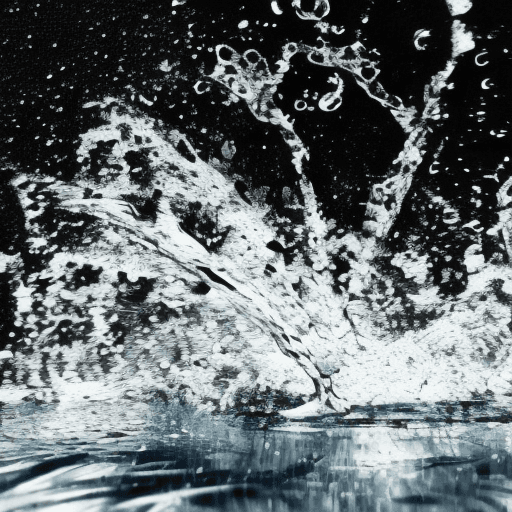
Alcohol Dehydration Experiment
Medium

In this experiment, we'll be testing which type of alcohol dehydrates an orange the most. We'll be using five different types of alcohol and water to see which one has the greatest effect.
Hypothesis
The hypothesis is that the higher the proof of alcohol, the higher the dehydration rate will be.
Method & Materials
You will need to buy five oranges, cut holes into each one, and pour twenty-five milliliters of liquid into the appropriate one.
You will need five oranges, five different types of alcohol, and water.
Results
The results showed that the 100 proof alcohol had the most dehydration, followed by the 48 proof alcohol, then the 70 proof alcohol, then the 80 proof alcohol, and finally the water had the least amount of dehydration. This was not what was expected, as the higher proof alcohol was not always the most dehydrating.
Why do this project?
This science project is interesting because it shows that the higher proof of alcohol is not always the most dehydrating, which is contrary to popular belief.
Also Consider
Variations to consider include testing different types of fruits, testing different amounts of alcohol, and testing different types of alcohol.
Full project details
You can find additional information and details for this science fair project here. Have fun exploring!Share this Science Project:
Related Science Fair Project Ideas
Can your favorite drinks harm your teeth? Find out using hard boiled eggs in this science project!
Medium
Can you tell what someone is feeling just by looking at their face? Find out in this fun science project!
Medium
Do you like your food hot or cold? Find out how temperature affects your taste buds in this fun experiment!
Medium
Share this Science Project:
